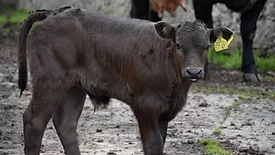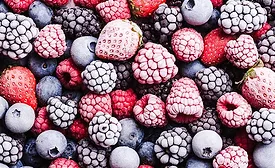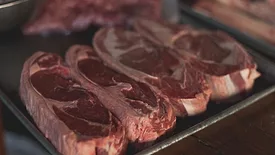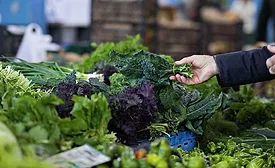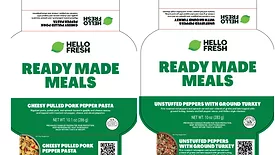Food Type
Individual Quick Freezing and Isochoric Freezing in Berries: Simplicity Through Complexity
Progress in isochoric freezing technology can revolutionize the methods that are used to handle and store frozen fruits and vegetables
October 17, 2025
Nitrite for Meat Preservation: Controversial, Multifunctional, and Effective
Nitrite has several functional purposes in meat, including the formation and conservation of a stable red color and the inhibition of growth of C. botulinum
Anette Granly Koch M.Sc., Ph.D.
Gudrun Margret Jónsdóttir M.Sc.
Marlene Schou Grønbeck M.Sc.
Gry Carl Terrell M.Sc.
October 15, 2025
Cyclospora cayetanensis: An Emergent Public Health Threat and an Enigma for Traceback Investigation
Unresolved or inconclusive epidemiology for several outbreaks offer compelling case studies of the challenges and risks posed by Cyclospora in food supply chains
October 8, 2025
Never miss the latest news and trends driving the food safety industry
eNewsletter | Website | eMagazine
JOIN TODAY!Copyright ©2025. All Rights Reserved BNP Media.
Design, CMS, Hosting & Web Development :: ePublishing
